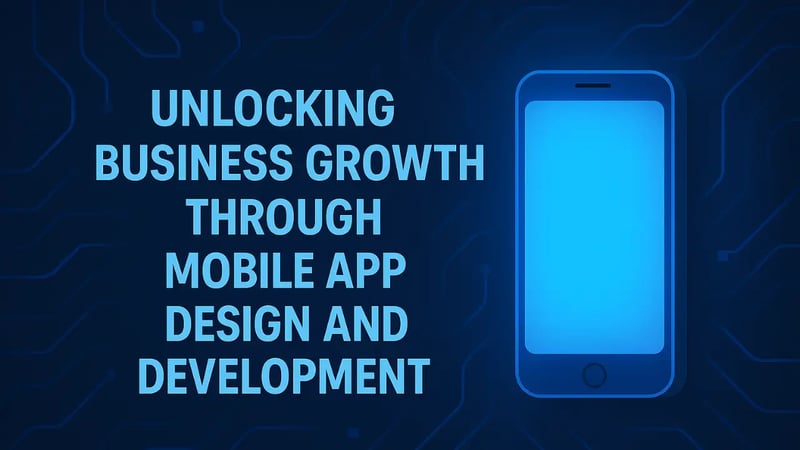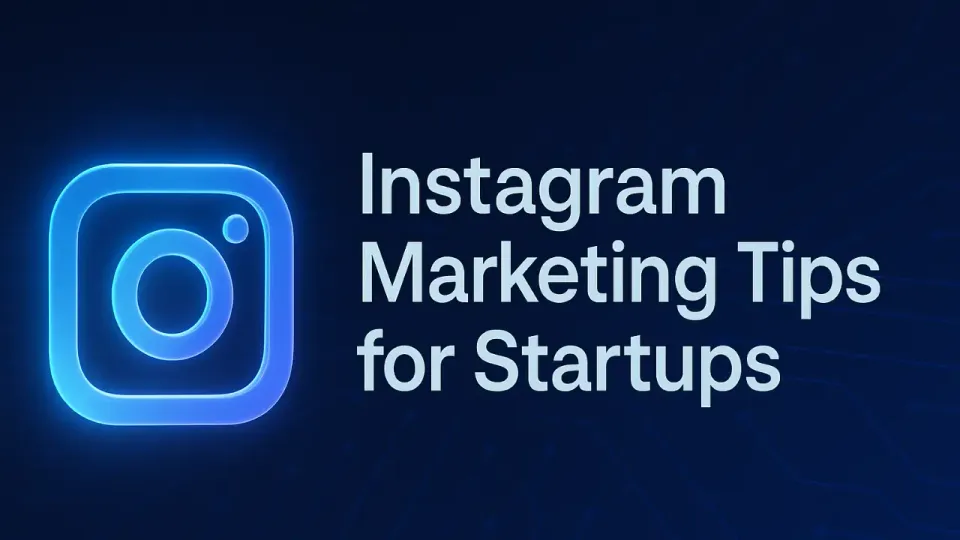Unlocking Business Growth Through Mobile App Design and Development
Discover actionable insights into mobile app design and development that can help small-to-medium business owners grow their brands, enhance customer engagement, and drive revenue.

In today’s technological landscape, where nearly everyone has a smartphone glued to their hand, the question isn’t whether you should incorporate a mobile presence into your business – it’s how quickly can you do it effectively? Many small-to-medium business owners and entrepreneurs are starting to realize that mobile app design and development isn’t just a luxury; it’s an essential pathway to expanding visibility and increasing revenue.
The Rising Importance of Mobile Apps for Businesses
Consider this: According to Statista, the number of mobile app downloads globally reached 230 billion in 2021, and this number is expected to grow exponentially. If you’re still thinking of a mobile app as an afterthought, you could be missing out on significant revenue opportunities.
Mobile apps allow for direct communication with users, streamline purchases, and provide a personalized experience. Imagine walking into a local coffee shop with a loyalty app on your phone that recognizes you and offers a discount on your favorite brew. This is the power of mobile app design and development at play—transforming how businesses interact with customers.
Key Considerations in Mobile App Design
Now, let’s dive into what makes an app successful. It’s not enough to throw a design together and hope for the best. Here are some critical aspects to focus on:
- User Experience (UX): A seamless and intuitive experience is paramount. Applications that are clunky or difficult to navigate will quickly be deleted by users. A great example is Airbnb, which continues to evolve its app design based on user feedback to ensure an intuitive browsing experience.
- Functionality: Your app must perform crucial business functions, whether it’s bookings, purchases, or customer service. Take Starbucks, for example, which integrates order-ahead functionalities to save time, allowing customers to grab their drinks without waiting in a line.
- Branding: Your app should echo your brand’s identity. Use your logo, brand colors, and voice consistently to build a recognizable presence. For example, Duolingo has a fun, vibrant design that resonates with its target audience while effortlessly keeping users engaged with gamified language learning.
Development: Choosing the Right Approach
When it comes to mobile app development, you have several options to consider:
- Native Development: Tailored for specific platforms (iOS or Android), offering superior performance but often higher costs.
- Hybrid Development: A blend of native and web technologies that allows you to write once and deploy on multiple platforms.
- No-Code/Low-Code Platforms: Tools like Adalo or Bubble enable entrepreneurs to create apps without significant coding knowledge, thus making it accessible for businesses with limited budgets.
For most small-to-medium businesses, a hybrid approach often provides the best balance between cost and performance, enabling wider reach while keeping within financial constraints.
Marketing Your Mobile App
Once you’ve developed your app, the next step is to promote it effectively. Here are some actionable steps:
- Social Media Campaigns: Utilize platforms where your audience hangs out and craft targeted ads that highlight the app’s features.
- App Store Optimization (ASO): Optimize your app’s listing with keywords, clear descriptions, and high-quality screenshots to appeal to potential users.
- Referral Programs: Encourage existing users to refer your app by offering incentives, creating a snowball effect of user acquisition.
A great example is Dropbox, which successfully grew its user base by offering additional storage space to users who referred friends to their service.
Measuring Success Post-Launch
Tracking the success of your mobile app is crucial in refining and enhancing the user experience. Analytics tools like Google Analytics and Firebase can help you gauge user engagement, retention rates, and drop-off points within the app. This data can provide you with insights on what features users enjoy the most and which ones need improvement or promotion.
Ultimately, continuous optimization based on user data will keep your business ahead of the game.
Conclusion
Investing in mobile app design and development is more than just keeping up with the competition; it’s an opportunity to craft personalized experiences that build stronger relationships with your customers. By focusing on user experience, carefully selecting your development approach, employing effective marketing strategies, and continuously measuring success, you can tap into the vast potential that mobile apps hold for your business.
"Joining this community has been a game-changer for staying updated on the latest trends & events!" - John B.





